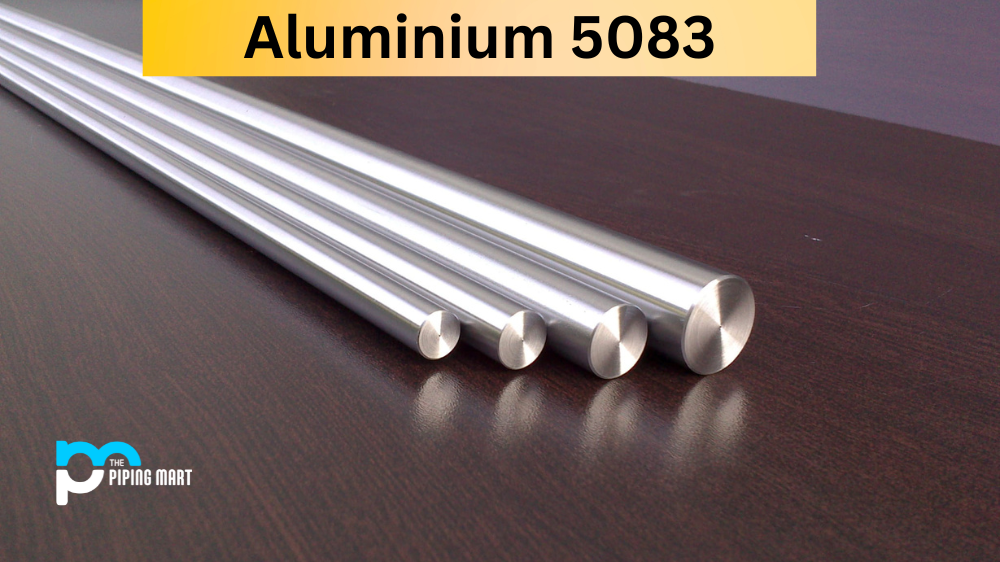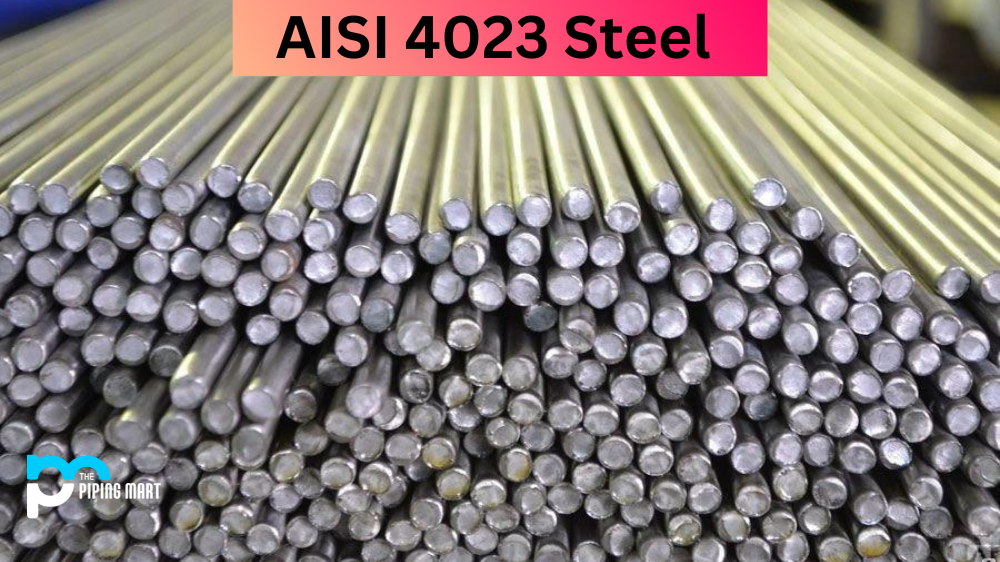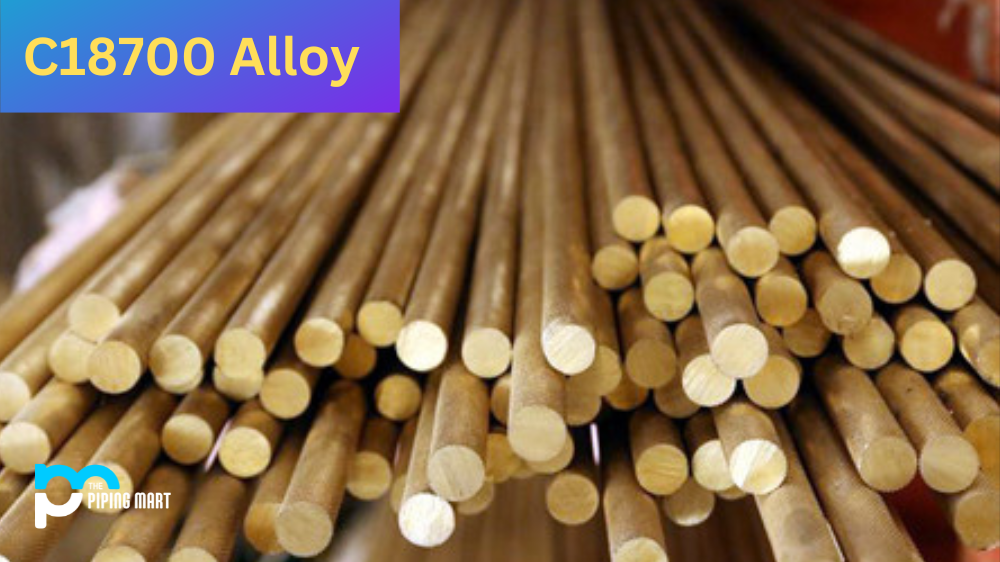Aluminium 5083 is a popular alloy of aluminium with a wide range of applications. 5083 Aluminium is known for its excellent corrosion resistance, good weldability and machinability, and high strength. It’s often used in the marine industry because of its superior corrosion resistance, but it also has many other uses including in the automotive, aerospace, and construction industries. Let’s look at what makes aluminum 5083 so unique and versatile.
5083 Aluminium Composition
| Element | % Present |
|---|---|
| Si | 0.4 |
| Fe | 0.4 |
| Cu | 0.1 |
| Mn | 0.4-1.0 |
| Mg | 4.0-4.9 |
| Zn | 0.25 |
| Ti | 0.15 |
| Cr | 0.05-0.25 |
| Al | Balance |
5083 Aluminium Mechanical Properties
| Mechanical Properties of 5083 Aluminium | |
|---|---|
| Property | Value |
| Proof Stress | 125 Min MPa |
| Tensile Strength | 275 – 350 MPa |
| Hardness Brinell | 75 HB |
5083 Aluminium Physical Properties
| Property | Value |
|---|---|
| Density | 2650 kg/m3 |
| Melting Point | 570°C |
| Modulus of Elasticity | 72 GPa |
| Electrical Resistivity | 0.58 x 10-6 Ω.m |
| Thermal Conductivity | 121 W/m.K |
| Thermal Expansion | 25 x 10-6/K |
5083 Aluminium Equivalents
- Al Mg4.5Mn0.7
- AlMg4.5Mn
- GM41
- A95083
5083 Aluminium Uses
Aluminum 5083 is a popular choice for many industries because of its versatility. It’s used in the marine industry for boat hulls and other marine structures due to its superior corrosion resistance properties compared to other alloys. Its machinability makes it ideal for precision parts in the automotive industry, such as engine blocks, wheel rims, cylinder heads, etc. In addition, it’s used extensively in the aerospace industry for structural components such as fuselage frames and landing gear components due to its strength and weight advantages over other alloys. Finally, it’s widely used in construction projects due to its strength and lightweight.
Corrosion Resistance
Aluminium 5083’s corrosion resistance is one of its standout features that makes it so popular across multiple industries. This alloy has excellent corrosion resistance compared to other alloys, even when exposed to salt water or high-temperature environments. Thanks to these properties, aluminum 5083 is an ideal choice for use in corrosive environments such as salt water or chemical processing plants where exposure to corrosive materials is inevitable.
Heat Resistance
Another advantage of aluminum 5083 is its heat resistance properties which make it ideal for use in high-temperature environments such as engines or furnaces. The alloy has a high melting point, allowing it to withstand temperatures up to 500°C without any significant degradation or loss of strength or formability. Furthermore, this alloy also has excellent thermal conductivity, meaning that heat can be conducted away from the source quickly without causing any damage or deformation of the material itself. This makes aluminium 5083 an ideal choice for applications that require heat resistance and thermal conductivity properties, such as engine blocks or exhaust systems.
Heat Treatment
Heat treatment is often necessary when working with aluminum alloys like 5083 because they are prone to developing internal stresses during manufacturing processes such as welding or forming processes which can result in cracking or deformation if not properly treated before being put into service. Heat treatment helps reduce internal stresses by heating the metal above its recrystallization temperature and then slowly cooling it down again at a controlled rate which helps relieve any residual stresses present within the material structure before putting it into service where load-bearing stress could cause further damage if not dealt with beforehand properly through heat treatment processes like quenching or tempering depending on the specific application requirements.
Machining
Aluminium alloys like 5083 are relatively easy to machine compared to other metals thanks to their softness which helps reduce wear on cutting tools while machining them into complex shapes without sacrificing quality or accuracy too much due to their low ductility property, which prevents them from deforming too easily during machining operations, unlike softer metals like copper or brass. In addition, they also have good thermal conductivity properties, which help dissipate heat away from cutting tools during an operation, reducing wear on them even further.
Welding
Welding aluminium alloys like 5083 requires careful preparation beforehand if you want good results. They are more difficult than carbon steels due to their higher melting point, causing more porosity, shrinkage, warping, etc . if not done correctly. Their low ductility also means they must be preheated before welding starts which will help prevent cracking during weld joints. Welding should only be done using MIG ( Metal Inert Gas ) welding techniques since TIG ( Tungsten Inert Gas ) welding techniques may cause brittleness along weld lines due to their higher current settings required when joining thicker sections together compared with MIG welding techniques where lower current settings are used resulting in better control over weld pool formation making them more suitable when working with aluminium alloys like 5083.
Conclusion:
Aluminium 508 3 is an incredibly versatile alloy that can be used across multiple industries thanks to Its excellent corrosion resistance, heat resistance, machinability, heat treatment ability, and weldability properties. It’s no wonder why this alloy has become so popular amongst engineers looking for lightweight yet strong solutions for their projects! Whether you need something for marine applications, automotive parts, aerospace components, or construction projects – aluminium 5083 should definitely be your go-to option!

A passionate metal industry expert and blogger. With over 5 years of experience in the field, Palak brings a wealth of knowledge and insight to her writing. Whether discussing the latest trends in the metal industry or sharing tips, she is dedicated to helping others succeed in the metal industry.




